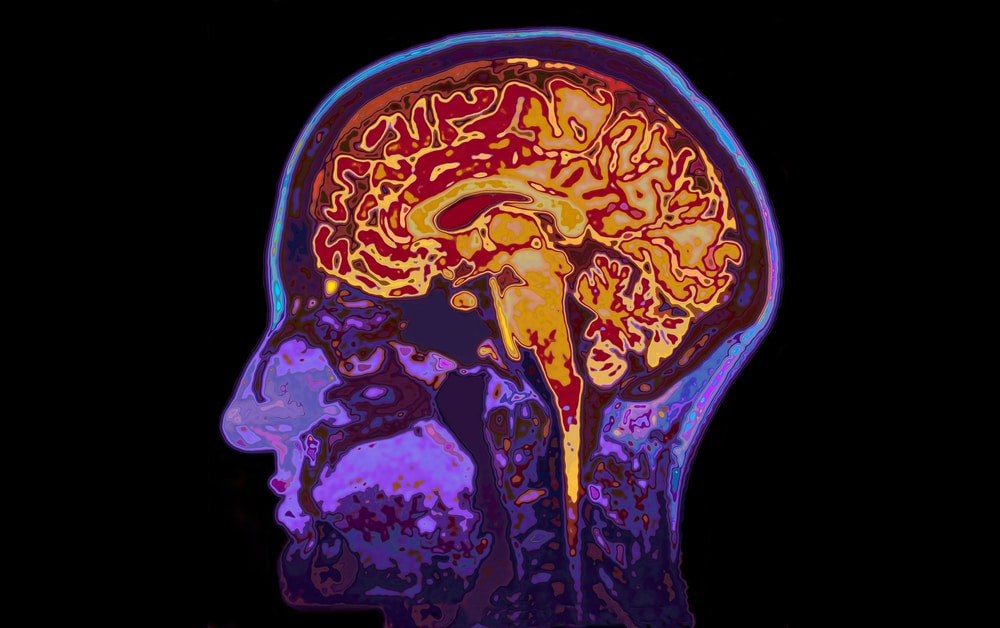Alzheimer’s disease is estimated to currently affect upwards of 5.5 million people within the USA. The disease is typically characterized by buildup of plaque in the brain, with one of the defining traits being progressive accumulation of amyloid-β plaques in the brain. APP and PS1 proteins are linked to its development in humans, if it is identified how to manipulate this build up, the production of harmful plaques in the brain can be reduced leading to less onsets of Alzheimer’s disease.
Model Alzheimer’s rats have been developed with PS1 and APP proteins, which underwent behavioral assessments in Barnes maze that tracks rodent behavior to measure spatial and learning memory. In a series of tests the models which produced PS1 and APP displayed poor leaning and memory. After maze testing amyloid-β levels were assessed via serum tests and brain screenings that showed vascular changes and amyloid–β plaques similar to humans suffering with Alzheimer’s disease.
Due to lifespans and larger size the new model could prove to be most useful, translational models as such are key in ongoing studies of diseases. Results can be translatable to humans to identify target to be used for drugs and lifestyle changes that may help stave off such disorders. According to Yuksel Agca, much like plaque on teeth, plaque buildup within the brain can be decreased by maintaining regular exercise and good healthy diet.




